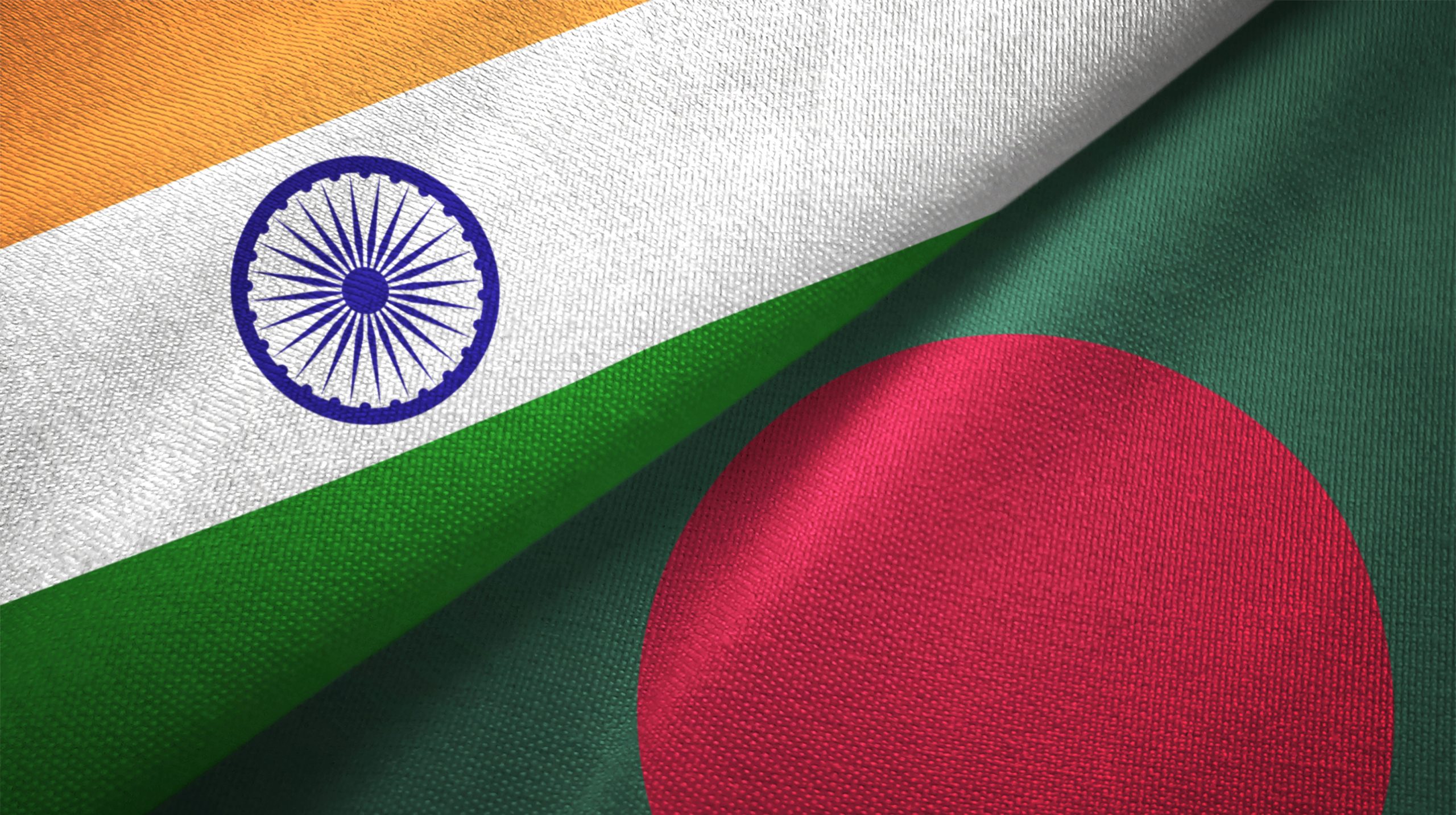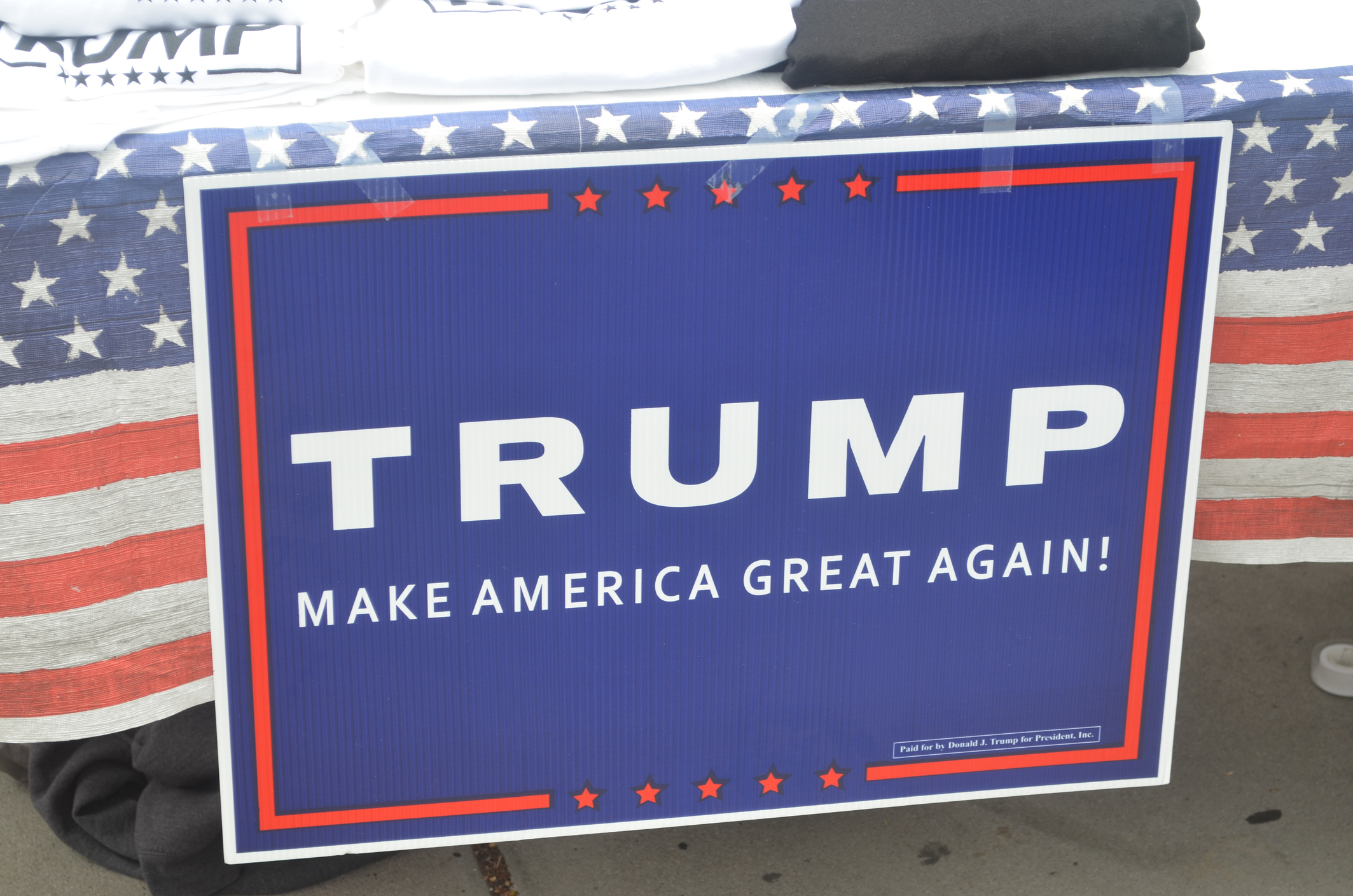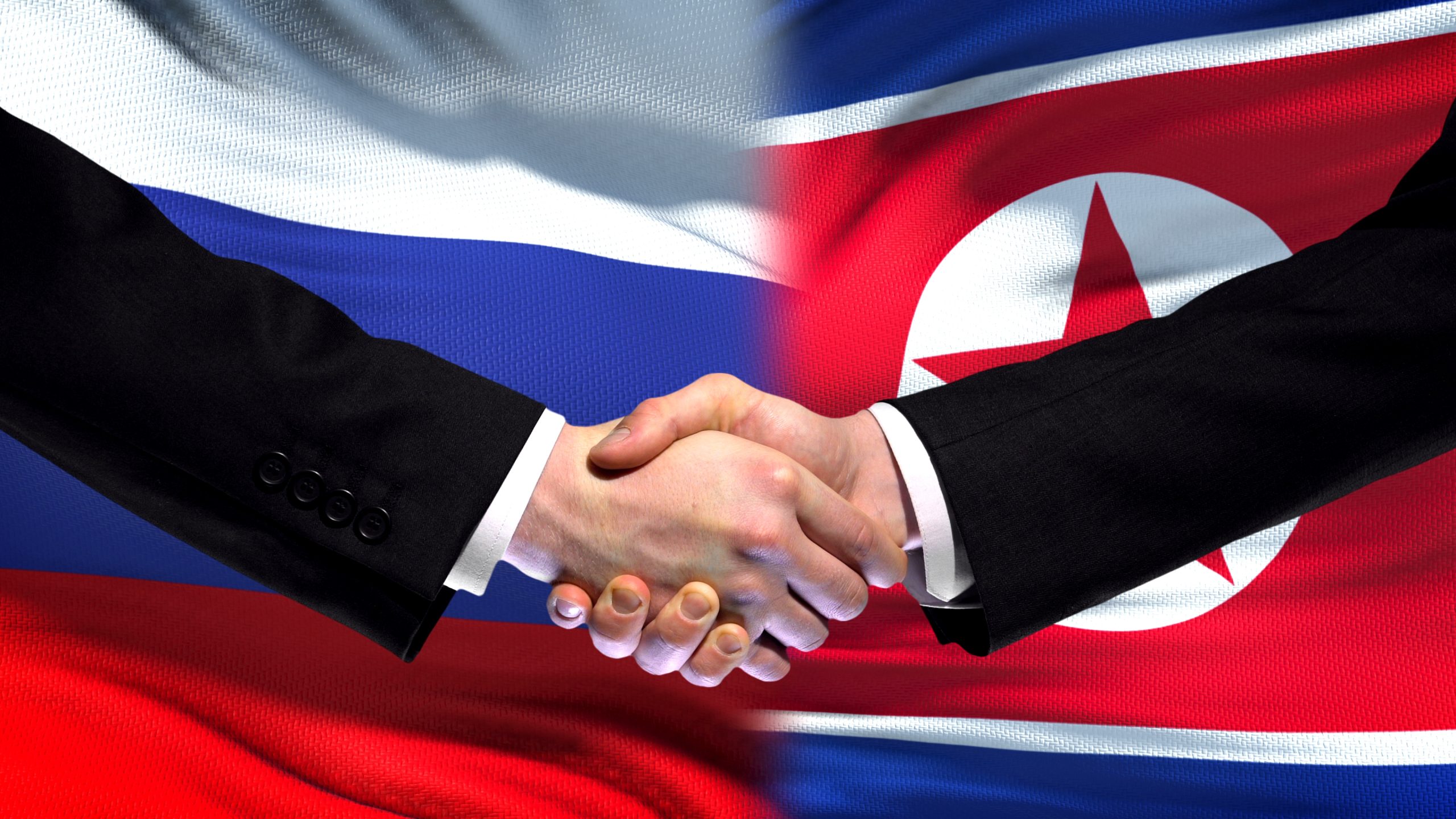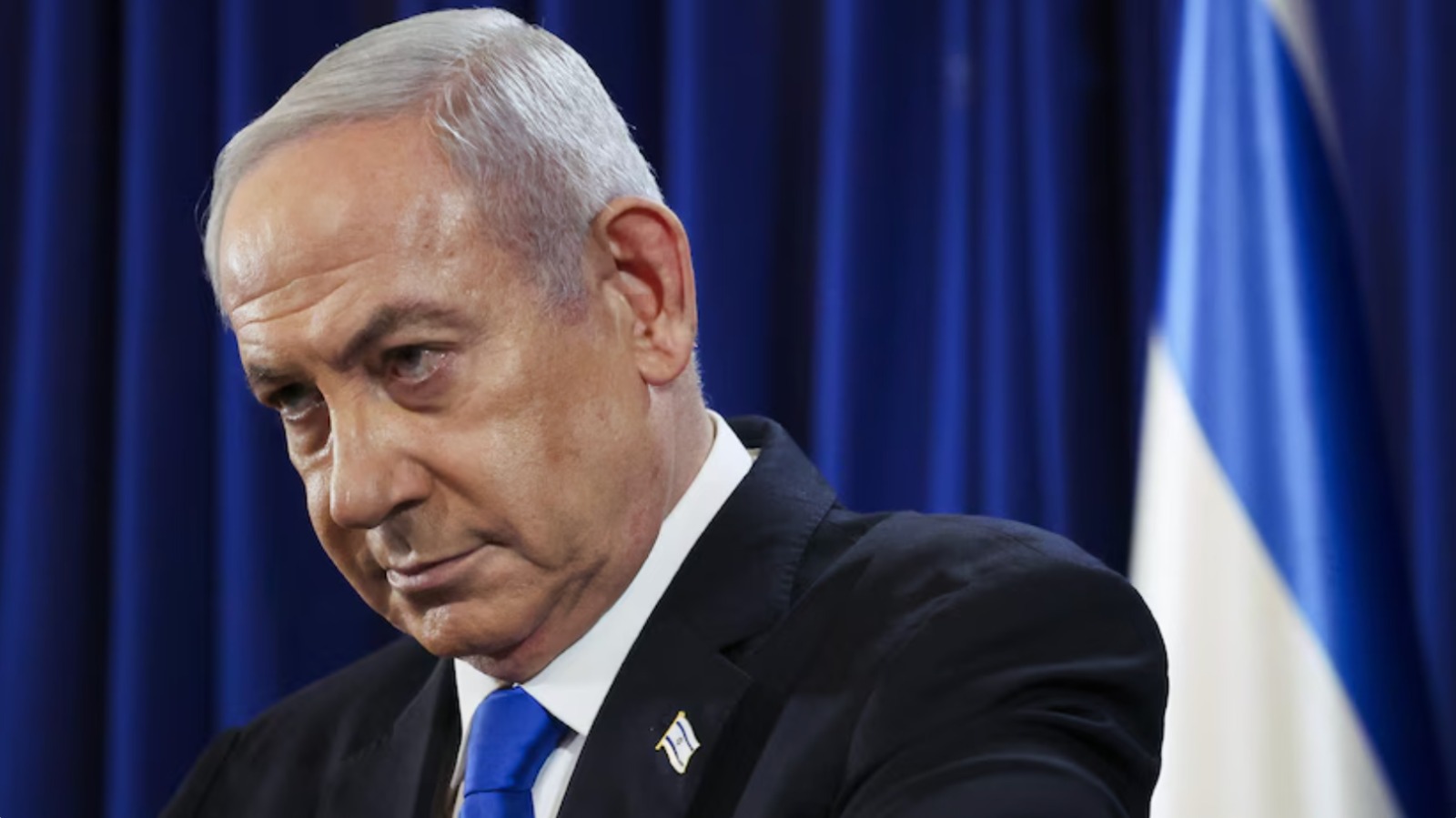
Tibet, Dalai Lamas and China’s Dilemma
Tue, 22 Jun 2021 | Reading Time: 10 minutes

Tibet, Dalai Lamas and China’s Dilemma
The renewed interest of some Western powers in raising and supporting the Tibetan issue due to the changed geo-political dynamics has stoked the fire in Sino-Tibetan relations. When viewed from the historic perspective, the relations between the Chinese Empire and the Dalai Lama’s kingdom have been vexatious and uneasy to say the least. Many China experts believe that resolving the Sino-Indian boundary dispute would end the panacea and lead to equilibrium and a stable environment in the region. That in my view would be a simplistic way of looking at the complex nature of the problem, the core of which being Tibet and the Dalai Lama.
China has for centuries been endeavouring to subjugate and ‘Sinicize’ Tibet but has not succeeded thus far. The Tibetan people, their religion, culture, traditions, language and way of life are distinctly different from the Han Chinese and hence it has not been possible for the latter to achieve their aim of fully assimilating Tibet. Besides, the ham-handed manner in which this has been attempted by striking at the very roots of the Tibetan way of life and their religious beliefs has resulted significantly in alienation of the Tibetan people.
In the past this was particularly witnessed during the era of Chao Erh-feng (1905-10), nicknamed ‘Chao the Butcher’, which enhanced their intrinsic hatred for the Chinese. Taking advantage of the chaotic conditions in China as a consequence of the 1911 Revolution, wherein ‘fratricide and factional infighting’ between the pro and anti-Revolutionary forces had broken out, the Tibetans seized the opportunity and gave vent to their suppressed latent anger. As a result, there were uncontrolled acts of vengeance by the Tibetans against the Chinese all over Tibet. During 1912-13 there was much violence and bloodshed all across Tibet and the Chinese were either killed or were forced to flee to China ironically under British patronage, through the Chumbi valley-Kalimpong-Calcutta route and on to Shanghai by ship. From that point in time, there was no Chinese presence on Tibetan soil till 1951, not even an Amban! The 13th Dalai Lama returned from his exile in India to resume his temporal and spiritual functions as the God-king of an independent Tibet in January 1913, after the exit of the Chinese.
Tibet forms a natural divide between two ancient civilizations-India and China. It lies amidst the world’s highest and longest mountain chains, the Karakoram and Himalayas forming a crescent in the south and the Kunlun, Altyn Tagh and Nan Shan ranges in an arc to the north. Thus Tibet, a pear shaped high altitude land mass, one third the size of the USA, has played the role of a buffer zone to separate India and China for centuries. Besides Changthang, the vast perma-frost desert, Tibet comprises four distinct regions, Ngari, U-Tsang, Amdo and Kham ( famous for the erstwhile wild Khampa tribe).
Tibet and the Tibetan civilisation remained somewhat both an enigma and a ‘Shangri-La’, a mystical and faraway region in the popular imagination. Inaccessible, this hidden ‘land of the Lamas’ required months of arduous trekking just to reach its outer core. The most adventurous and daring travellers made it to Tibet and even then, only a few of them were able to set their eyes on Lhasa, the sacred ‘forbidden city’. Many never returned alive to tell their tale.
Until the 7th century, Tibet was an important military power. For brief periods in history, the ferocious and aggressive warriors that Tibetans then were, held sway over parts of China, Turkestan, Mongolia and even Hindustan as stated by Charles Bell, the famous biographer of Thubten Gyatso, the 13th Dalai Lama. ‘When Tibet was free, we took our freedom for granted. ….. In former times Tibetans were a warlike nation whose influence spread far and wide. With the advent of Buddhism our military prowess declined’, reasons the present Dalai Lama, Tenzin Gyatso in consonance with the account of Charles Bell.
The British Indian Army expedition led by Colonel F.E. Younghusband kicked up the dust stomping their boots in the placid streets of Lhasa on 3 August 1904. The myth of the ‘Forbidden Land’ was torn asunder and mystical Lhasa was unveiled. For the first time a Western Army was seen by the curious Lamas and the laity, who stood dumbfounded and awestruck. The Younghusband invasion of Tibet was indeed a turning point in Tibetan history, leading to a series of developments in the relations between Tibet, China and British India and hugely detrimental to Tibet’s future as a semi-independent nation.
Whereas on one hand the British Empire demonstrated its power and reach to keep outside influences away from Tibet, on the other hand the status of the Dalai Lama was undermined as he fled in disguise to Mongolia. Most importantly, the hollowness of Chinese claims of sovereignty over Tibet was exposed as the Amban Yu T’ai not only remained a passive and submissive spectator, but also zealously induced the Tibetans to accept the Younghusband Treaty. The Chinese viewed Yu T’ai’s conduct as most treasonous. On the return of Younghusband’s expedition to India in October 1904, a large Chinese force was sent in 1905 on a mission of pacification, colonization and assimilation of Tibet under Feng Ch’ang. Later, after his brutal murder by the Tibetans for his ruthless approach and ghastly atrocities committed by his troops in April 1905, he was replaced by an equally ruthless General Chou Erh-feng who tried to introduce an administrative system and reforms which did not meet with much success. Eventually, Yu T’ai was tried and sent back to China in chains.
Under the Yuan (Mongol) rule in China during the eleventh century, sovereign power of spiritual and temporal jurisdiction over the entire territory of Tibet was conferred on the chief Sakya Lama of the ‘red hat’ sect by his follower Kublai Khan, son of the famed Genghis Khan. However, the tradition of the Dalai Lama was formally introduced in Tibet in 1578, when the Mongolian ruler Altan Khan anointed his spiritual guru Sonam Gyatso as the Dalai or ‘Tale’ (Vast as the Ocean). He was believed to have been a reincarnation of the first two chief priests of the ‘yellow hat’ sect of the Gelug school founded by Tsong Khapa, a famous Buddhist preacher and guru, that had by then superseded the ‘red hat’ sect.
The fourth Dalai Lama was of Mongolian origin. He initiated the process of grant of a special ‘spiritual status’ of a Grand Lama to his guru, the reputed lama Lobsang Chosgyan of Tashilhunpo (The Mount of Blessing) monastery near Shigatse. Lobsang Chosgyan later became known as the Panchen Lama (Great Gem of Learning) also referred to as the Tashi Lama. The Panchen Lamas had ‘no temporal power’, yet they played an important role in the selection and approval of the new Dalai Lamas and in ordaining them similar to the tradition followed by the Grand Lama of Lhasa for the Tashi Lamas. A tool was thus configured albeit inadvertently, of having two high priests from the same ‘yellow hat’ sect that might enable intrigues and a ‘balancing game’ by China and other external powers for their vested interests. History has indeed validated this perception as China is playing this game even in the present times.
In the 17th century, Tibet was overrun by the Mongol prince Gushri Khan and became united once again. As a follow up it was firmly brought under theocratic rule of the 5th Dalai Lama, Lobsang Ngawang Gyatso. A combination of head priest, God and king- he proved to be one of the greatest Grand lamas and ruled for thirty five years. He was received with royal protocol by Emperor Shunzi of China in January 1653 and made to stay in the specially built Yellow Palace. As part of the reforms undertaken by him, he structured a new temporal system of administration with the Dalai Lama as its head and a Kashag or a council of ministers. This form of government had remained in vogue until the Chinese ‘liberation’ of Tibet in 1951. He enhanced the powers of the important monasteries of Tashilhunpo, Ganden, Sera and Drepung and also commenced the construction of the famous Potala Palace in Lhasa.
After this peaceful and progressive period, Tibet was once again in turmoil. It was invaded by the Dzungar tribe of Mongolia in 1717. The consequent pillage, plunder and rape compelled the Tibetans to appeal for help from the Chinese Emperor K’ang Hsi, whereby the invaders were evicted. This aid came at a price the Tibetans had neither bargained for nor imagined. K’ang Hsi assumed ‘formal suzerainty’ over Tibet in 1720 and put in place a Chinese Amban with an armed escort who would represent the Manchu court in Lhasa and gave him vast temporal powers. This weakened the hold and power of the Dalai Lama, and conversely, the authority of the Ambans and their appointees-the regents of successive Dalai Lamas increased phenomenally as time passed.
It would be of interest to record here that the sixth Dalai Lama Tsangyang Gyatso was born in March 1683, in a remote village near Tawang in Arunachal Pradesh. He was an unconventional monk and preferred the lifestyle of an ordinary person and had long hair unlike other monks. He was a romantic who wrote ‘amorous’ poetry, consumed alcohol and enjoyed the company of women. He did not always follow the principles of the Gelug school of Buddhism and became a controversial figure. While being taken to Peking for his misconduct, this maverick Dalai Lama disappeared quite mysteriously while passing through the Amdo region. Many myths and legends surround his disappearance, some believe he was probably done to death by his abductors and another version talks of his having escaped and spent his life somewhere in the Amdo countryside. He predicted his early death and reincarnation, and wrote a poem, ‘White crane lend me your wings. I will not fly far. From Lithang I shall return’. The seventh Dalai Lama, Kelsang Gyatso was from Lithang as predicted by Tsangyang Gyatso.
Significantly, between the seventh and the thirteenth Dalai Lamas, only one lived beyond 18 years of age whereas the others died under suspicious circumstances. The machinations of the Ambans and the regents to exercise their powers in an unfettered and injudicious manner made sure that the young Dalai Lamas were not allowed to attain adulthood and died as minors. In this manner the interest of the Chinese Empire was safeguarded at the cost of Tibet. The Chinese interest in Tibetan affairs with special focus on control over the Dalai Lama is clearly manifest in these shady events.
On the passing away of a Dalai Lama there is an elaborate process to firstly discover and then assess the potential and genuineness of the candidate: whether or not he is the true reincarnation of the previous Dalai Lama. This responsibility is mandated to the High Lamas of the Gelugpa sect and the Tibetan Government. Based on the prophecy of the incumbent Grand Lama, mystical indicators or on the oral predictions during a trance by the Nechung oracle in Lhasa, search parties are sent out to near and far places in various directions. Traditionally, the Dalai Lamas always consulted the oracle on most important issues. However, in this regard the present Dalai Lama the 14th, has stated that ‘there is a chance that he will not be reborn, and that if he is, it would not be in a country under Chinese rule’. This is the relevance of the Tawang region as the future Dalai Lama could be born there and that uncovers the rationale for the Chinese to lay a claim for it.
Realising the high reverence, approbation and religious sanctity displayed towards the Dalai Lama and fanatical obeisance at his presence, the Chinese have continuously endeavoured to have in place a Dalai Lama of their choice by some means or the other. When the 13th Dalai Lama escaped to India from the clutches of the Chinese in December 1909, the Chinese denounced and defamed him and put up posters to that effect on the streets of Lhasa as was the case during the earlier exile. To their detriment, the Tibetans effaced the writings on the posters with yak dung and outrightly rejected the Chinese proposal that a ‘new incarnation could be found’. The Chinese then decided to play the Panchen Lama card. As he was not daring enough to disobey the imperial command to take the place of the Dalai Lama, he functioned in a ‘perfunctory manner’ from the Norbulingka Palace. However, he neither occupied the seat of the Dalai Lama nor endeavoured to take over his temporal powers. Historically, the Tibetans have rejected all pronouncements of Dalai Lamas selected by the Chinese governments in the past. The Chinese have perhaps fully understood the importance of the sacred institution of the Dalai Lama for the Tibetans not only in Tibet but all over the world. They are thus desperately seeking a way out of this imbroglio.
Tibet is China’s soft underbelly and they fully realise that they have failed to completely assimilate Tibet and the Tibetan people into the Chinese People’s Republic, and without the presence and support of the Dalai Lama they are finding it difficult to handle Tibet. The efforts towards ‘Hanisation’ of Tibet and settling mainland Chinese in new villages being constructed in the Tibetan frontier areas or encouraging the Chinese to marry local girls are facing problems as happened during Chao Erh-feng’s time. Eventually, the Chinese would have to consider giving the Tibetans more autonomy in the political field and freedom to practice their religion, way of life and honouring various promises of the last two centuries or so.
Another challenge they are facing is how to accommodate the Tibetan Buddhism within the communist system or ideology. They also find it very discomforting to see the average Tibetan, not only in China but all over the world having pro-India feelings. The existence of the Dalai Lama and the Tibetan government in exile at Dharamsala is extremely irksome to the Chinese. Besides that, the disappearance of the six year old 11th Panchen Lama, Gedhun Choekyi Nyima, supposedly kidnapped by the Chinese soon after his traditional approval by the current Dalai Lama, had raised an alarm and created consternation amongst the Tibetans. Moreover, the Chinese in trying to control the institutions of the Dalai Lama and the Panchen Lama, announced a new Panchen Lama, named Gyaltsen Norbu whom the Tibetans have by and large rejected. This intriguing incident reveals the insidious intent of the Chinese to have the approval of their ‘proxy’ Panchen Lama for the candidate of their choice to be the future Dalai Lama. In such an eventuality, this fraudulent anointment of the Dalai Lama is also likely to be rejected by the Tibetans all over the world.
The strong traditional, religious and cultural bonds of Tibetans with their co-religionists in India (particularly those living in Dharamsala, Arunachal Pradesh and Sikkim), Bhutan and Nepal are something the Chinese abhor, but it is something they can do nothing about and will have to live with. This vulnerability of China has created its own security related issues and much enhanced presence of the People’s Liberation Army in Tibet. The Sino-Tibetan and for that matter the Sino-Uyghur problems too are being closely watched by the world, the USA and other western countries in particular, and gaining media attention globally. China regards such activities as interference in its internal affairs and as a policy disregards any criticism of their actions in Tibet or elsewhere.
The Tibetan diaspora worldwide leaves no opportunity to highlight the harsh treatment and forcible subjugation of Tibet by holding flag marches and protests abroad, especially when Chinese dignitaries are visiting those countries. Undeniably, this has adversely affected China’s image as a responsible emerging world power. China thus faces a huge dilemma in moving forward to overcome the challenge of pacification and integration of Tibet and the Tibetans with their unique way of life and God-like reverence of the Dalai Lama. Whether they succeed or not, only time will tell.
***************************************************************************************************************
Author

General JJ Singh, PVSM, AVSM, VSM, (Retd) is the former Governor of Arunachal Pradesh and the Chief of the Army Staff, Indian Army. He was often described as a peoples’ Governor and a thinking General who has distinguished himself as a hands-on professional.
Disclaimer
The opinions expressed in this article are the author’s own and do not reflect the views of Chanakya Forum. All information provided in this article including timeliness, completeness, accuracy, suitability or validity of information referenced therein, is the sole responsibility of the author. www.chanakyaforum.com does not assume any responsibility for the same.
Chanakya Forum is now on . Click here to join our channel (@ChanakyaForum) and stay updated with the latest headlines and articles.
Important
We work round the clock to bring you the finest articles and updates from around the world. There is a team that works tirelessly to ensure that you have a seamless reading experience. But all this costs money. Please support us so that we keep doing what we do best. Happy Reading
Support Us




















POST COMMENTS (6)
Ashish Talati
Donald Courtney
Mukesh.Naik
P.S. eudonym
Harshavardhan Godse
Vivek Tigga